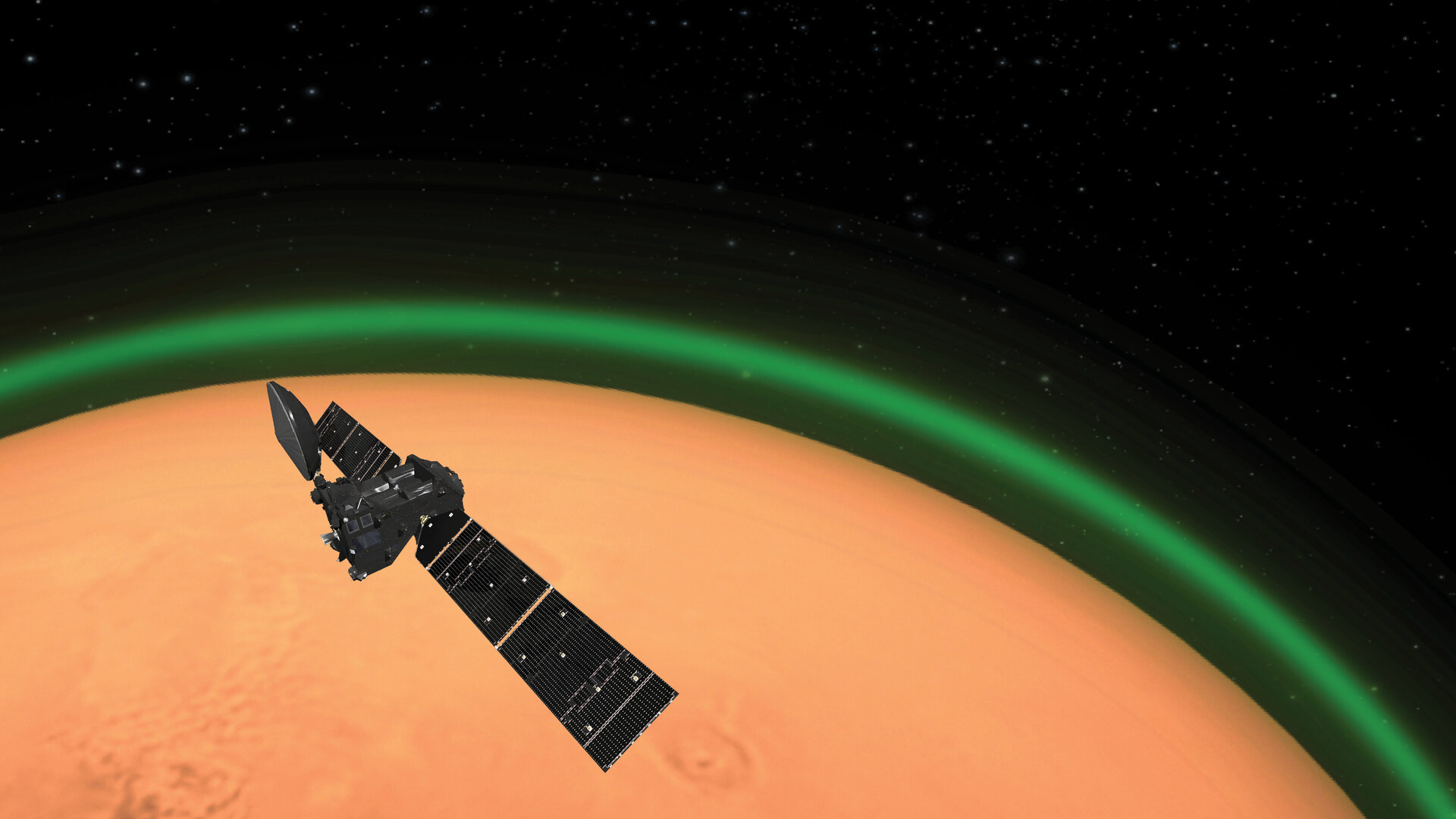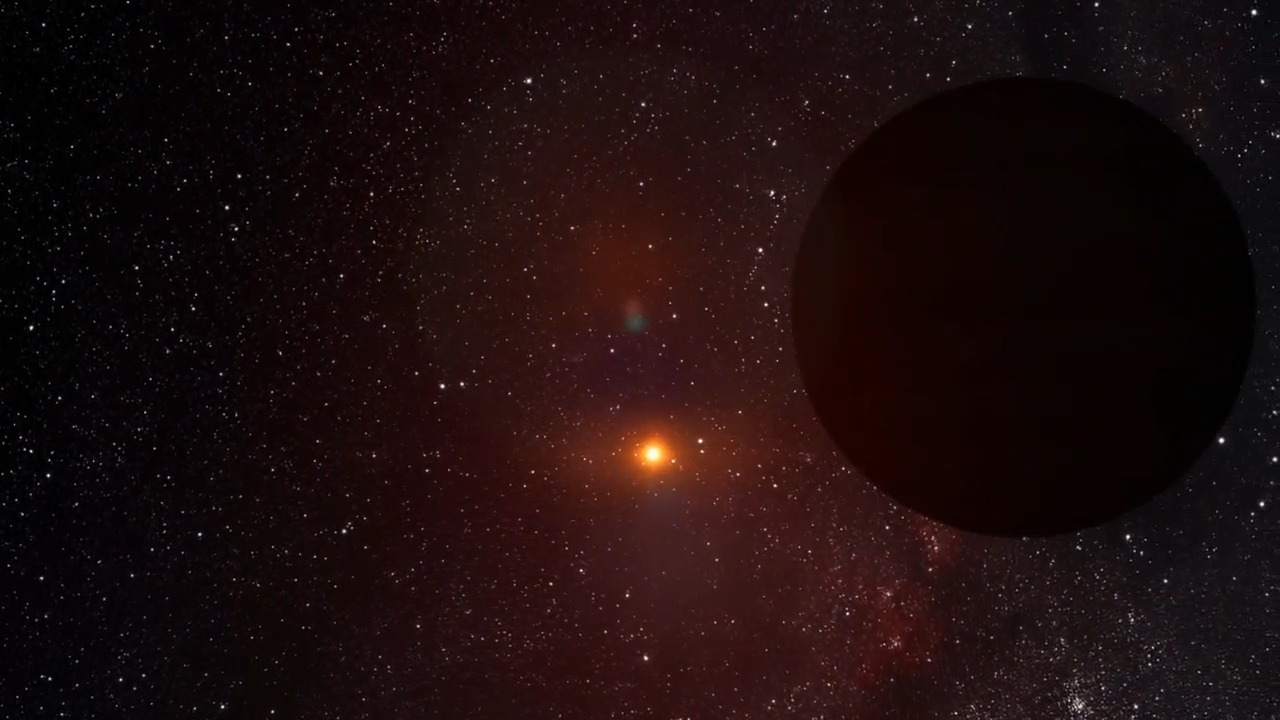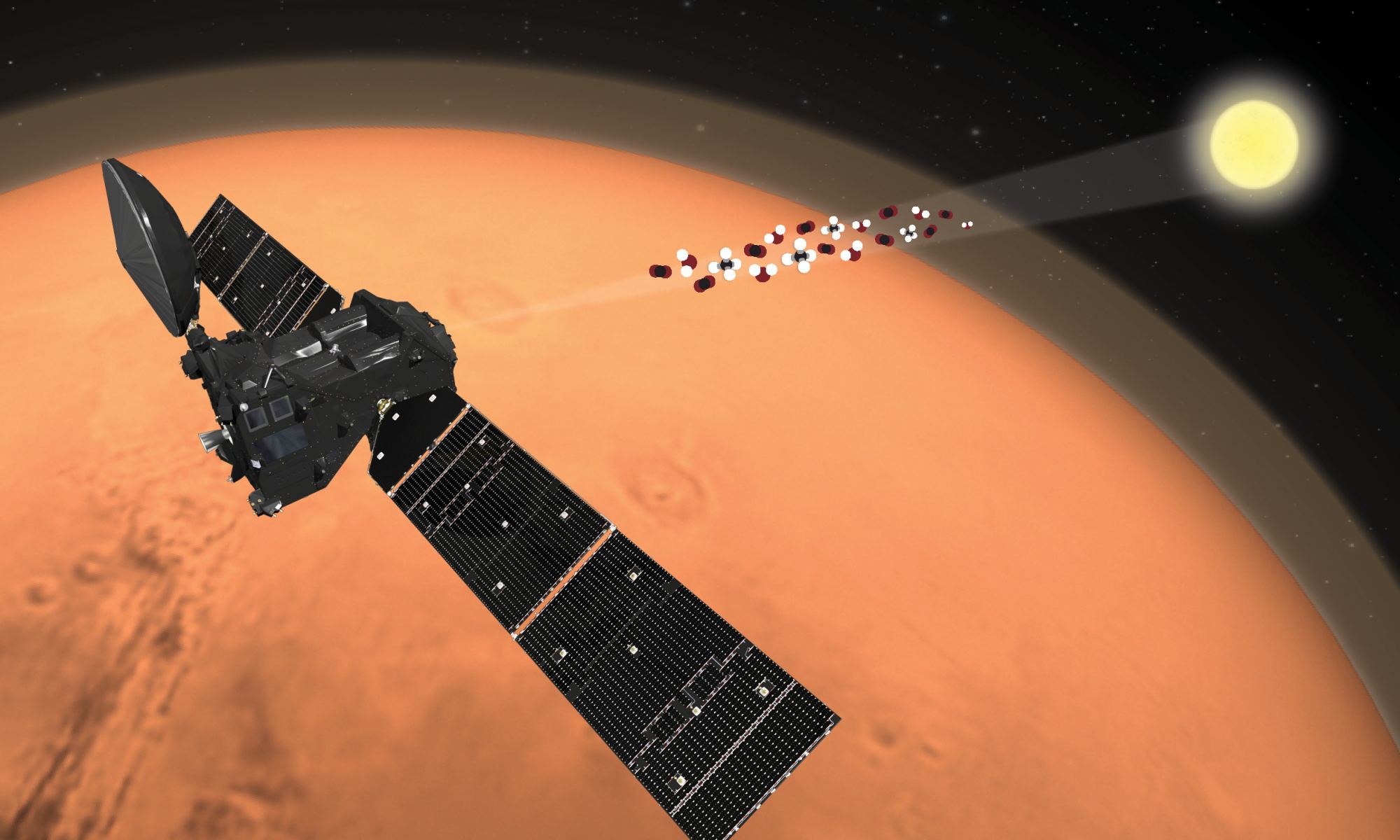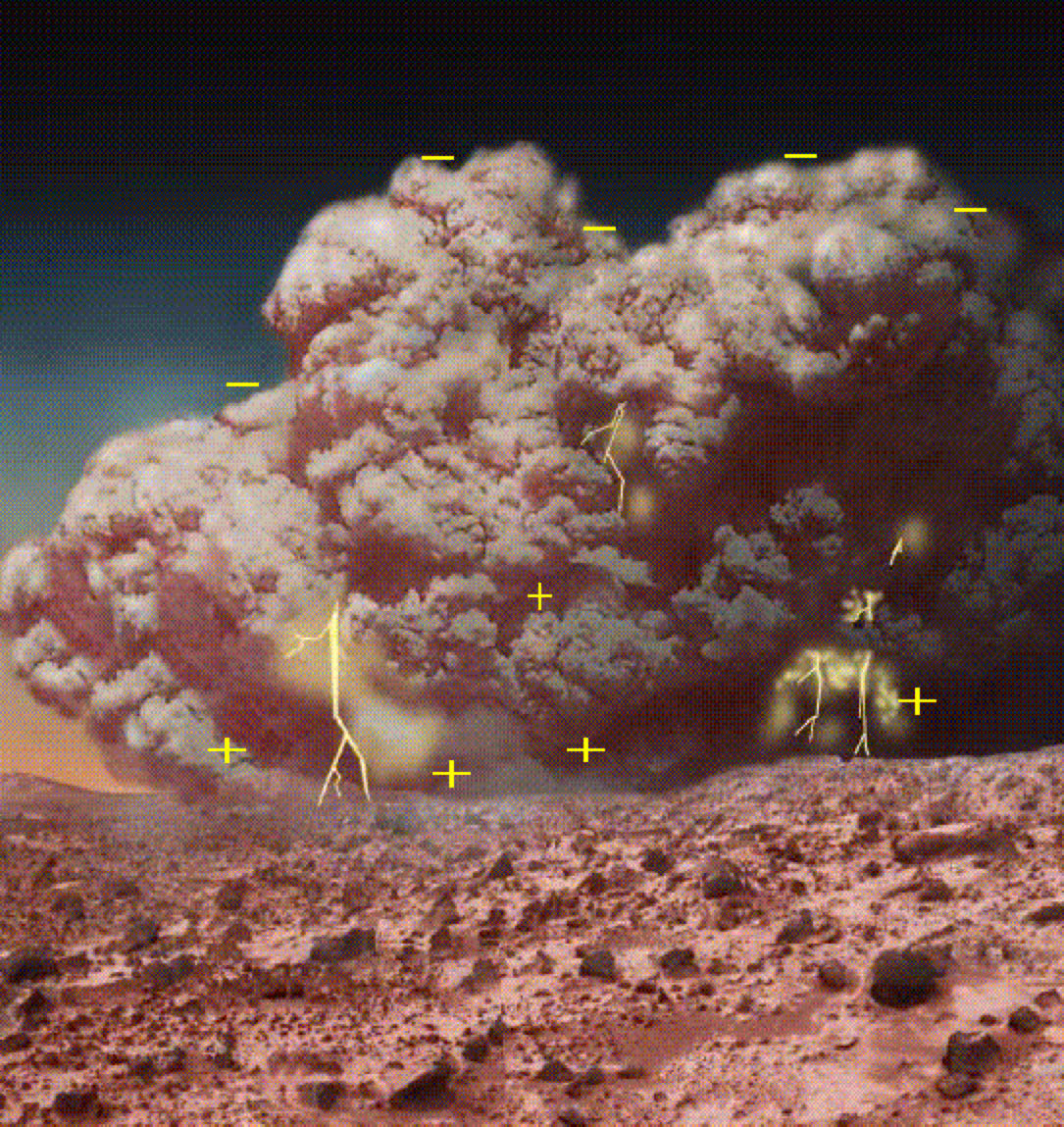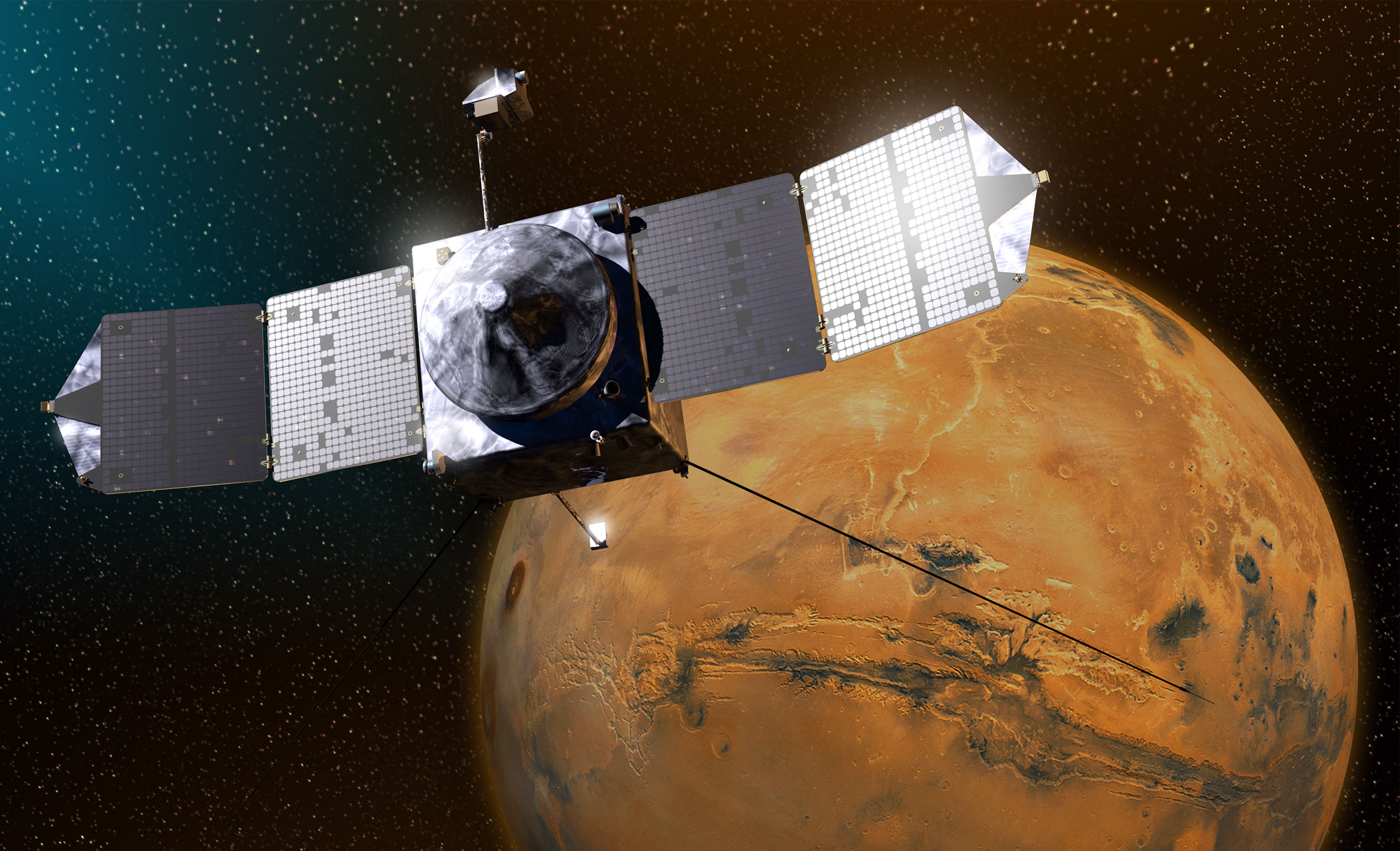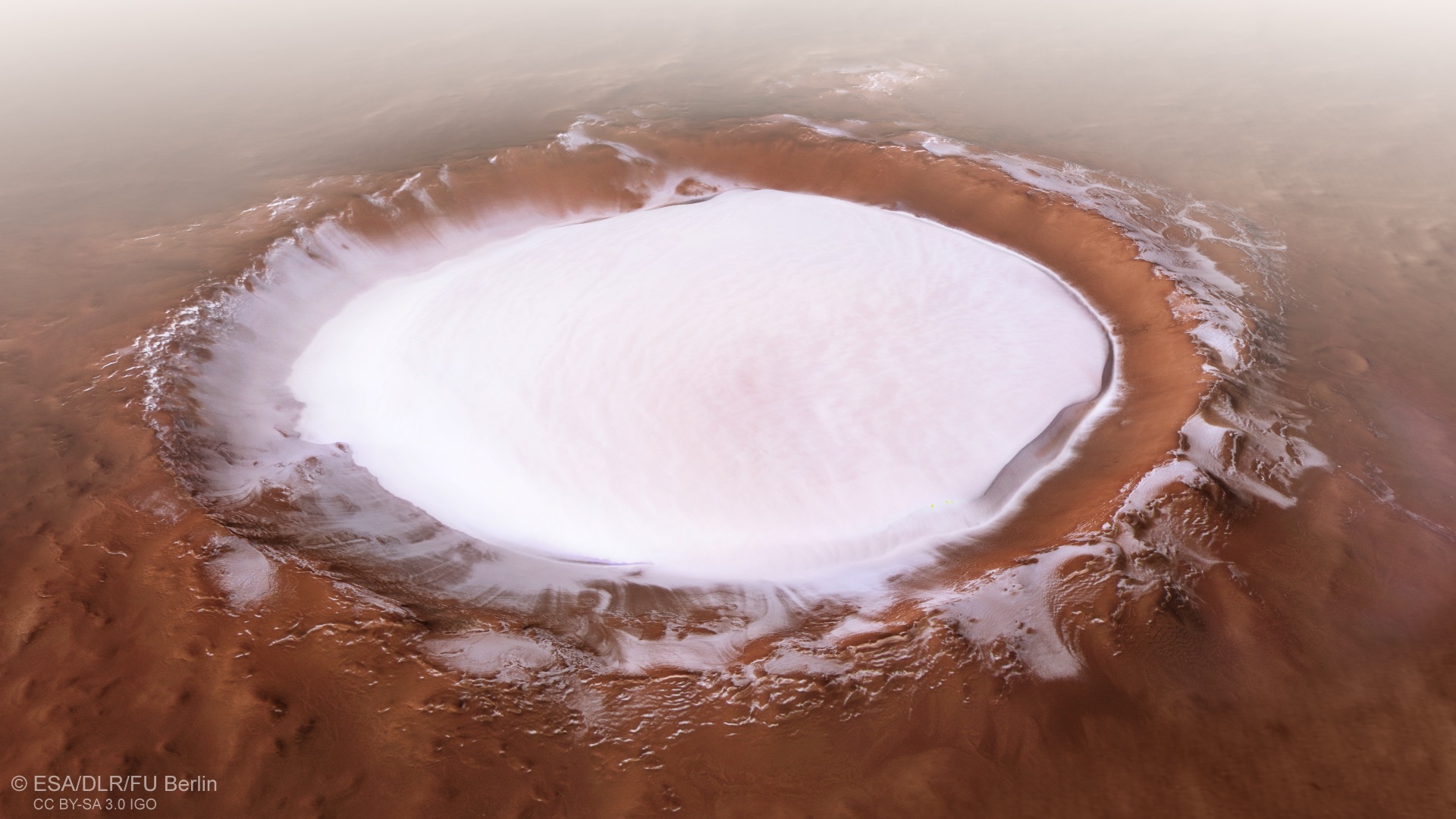In May 2023, the ESA’s Exomars Trace Gas Orbiter (TGO), currently in orbit around Mars, sent a signal to Earth to simulate a possible extraterrestrial transmission. As part of the multidisciplinary art project “A Sign in Space,” the purpose was to engage citizen scientists in helping to decode it. The campaign was inspired by Cosmicomics by Italian writer/journalist Italo Calvino, a series of short stories exploring various scientific principles. The project is partnered with the SETI Institute, the Green Bank Observatory, the European Space Agency (ESA), and the Istituto Nazionale di Astrofisica (INAF).
After three radio astronomy observatories on Earth intercepted the message, the challenge was to extract the message from the raw data of the radio signal and then decode it. After ten days, more than 5000 citizen scientists worldwide gathered online and used their combined resources to extract the signal. After a year of attempts, two U.S. citizens – the father-daughter team of Ken and Keli Chaffin – managed to crack the code after days of simulations. They discovered that the message consisted of five clusters of white dots and lattices against a black background, suggesting cellular formation and life!
Continue reading “Remember that “Alien Signal” Sent by the ExoMars Orbiter Last Year? It’s Just Been Decoded”


